The Planets! Includes Surface Temperature, Diameter, Distance From Sun, Orbit Period, And Length Of
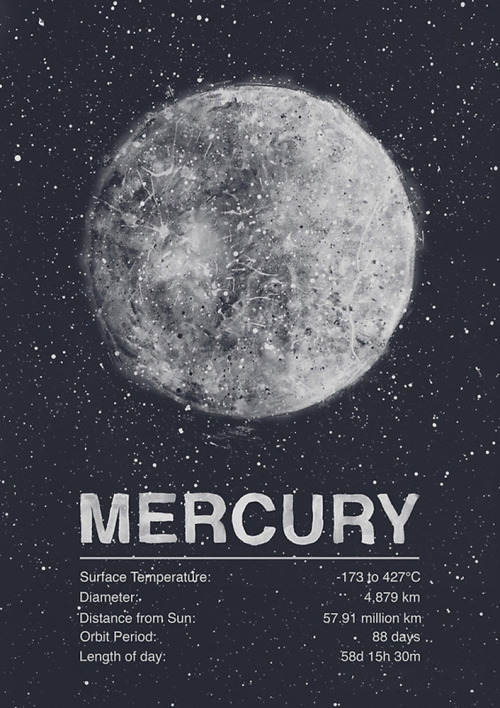
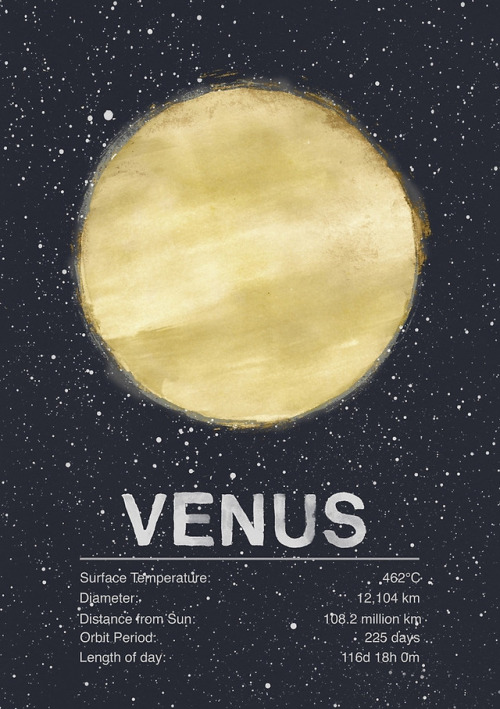
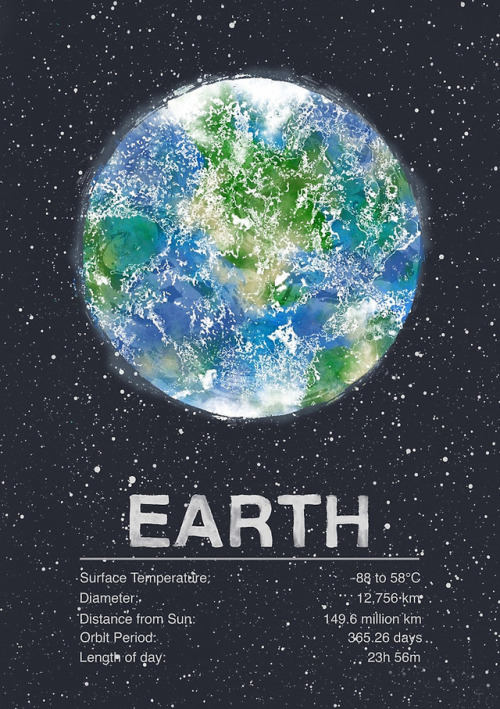
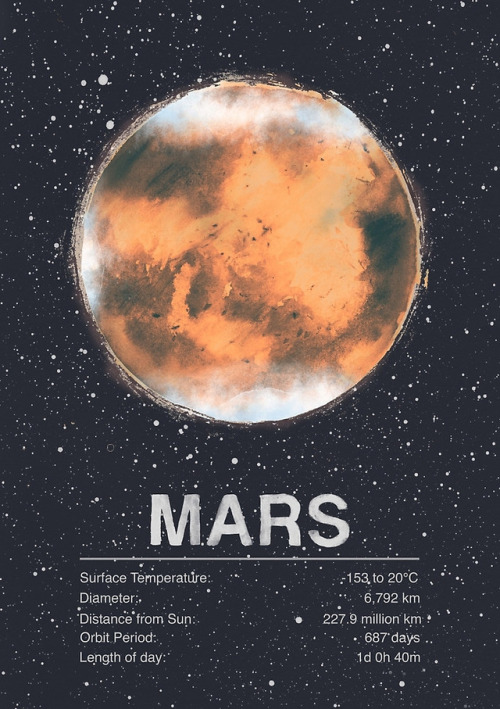
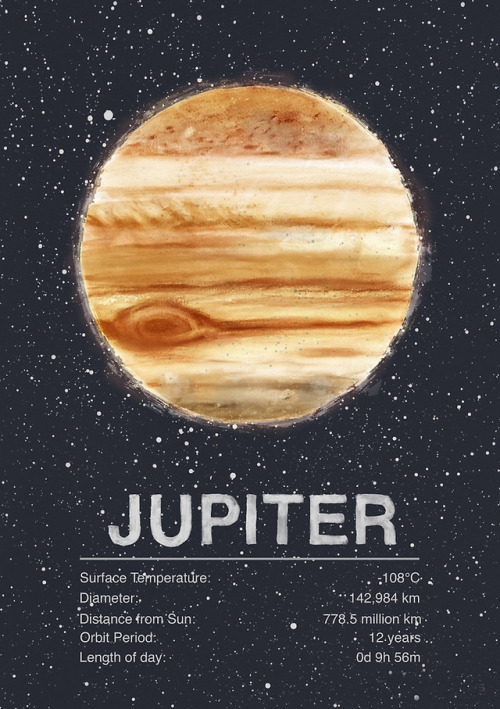
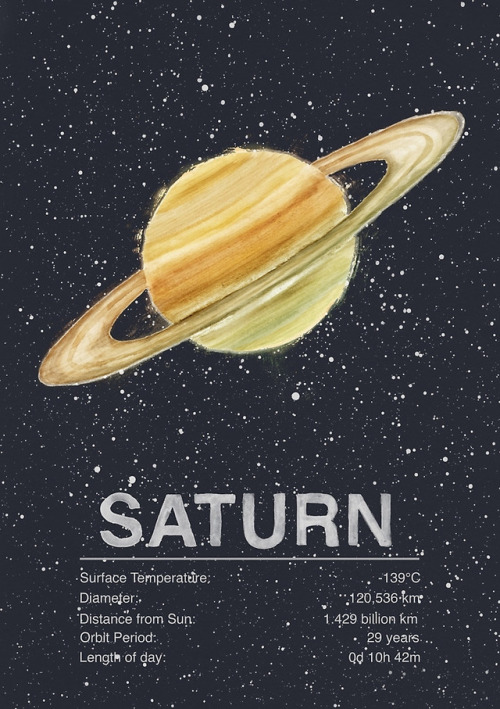
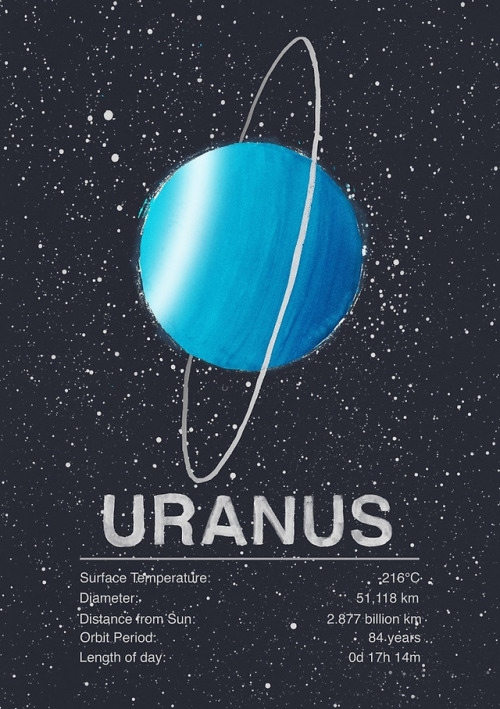
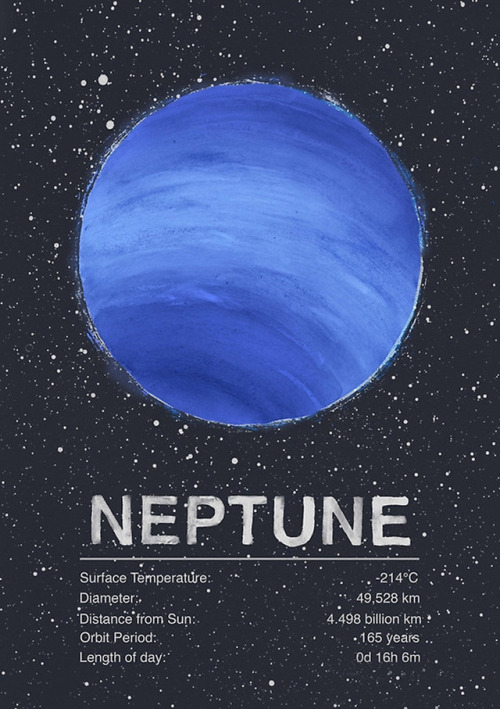

The planets! Includes surface temperature, diameter, distance from sun, orbit period, and length of day.
More Posts from Plutoisnotaplanet and Others

lol watch irma try to run up on me…
@nasa when’re you going to send Cassini some flowers for their funeral you ungrateful little shits
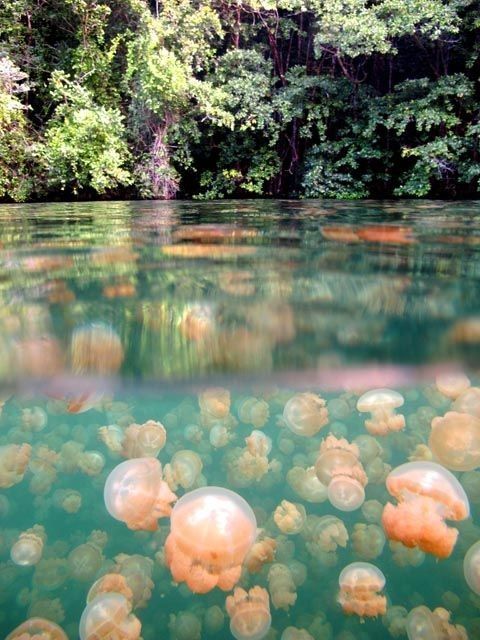
Jellyfish Lake in Palau. Apparently the jellies have lost their ability to sting because of lack of predators in the lake and you can swim with them!
i found out recently that the very first trees did not rot when they died because the microbes that decompose trees hadnt evolved yet…which makes sense but it’s weird to think about. this actually caused a huge change in the climate at the time and many of these trees turned into coal because of it…
How to Safely Watch the Aug. 21 Solar Eclipse
On Aug. 21, 2017, a solar eclipse will be visible in North America. Throughout the continent, the Moon will cover part – or all – of the Sun’s super-bright face for part of the day.

Since it’s never safe to look at the partially eclipsed or uneclipsed Sun, everyone who plans to watch the eclipse needs a plan to watch it safely. One of the easiest ways to watch an eclipse is solar viewing glasses – but there are a few things to check to make sure your glasses are safe:
Glasses should have an ISO 12312-2 certification
They should also have the manufacturer’s name and address, and you can check if the manufacturer has been verified by the American Astronomical Society
Make sure they have no scratches or damage

To use solar viewing glasses, make sure you put them on before looking up at the Sun, and look away before you remove them. Proper solar viewing glasses are extremely dark, and the landscape around you will be totally black when you put them on – all you should see is the Sun (and maybe some types of extremely bright lights if you have them nearby).
Never use solar viewing glasses while looking through a telescope, binoculars, camera viewfinder, or any other optical device. The concentrated solar rays will damage the filter and enter your eyes, causing serious injury. But you can use solar viewing glasses on top of your regular eyeglasses, if you use them!

If you don’t have solar viewing glasses, there are still ways to watch, like making your own pinhole projector. You can make a handheld box projector with just a few simple supplies – or simply hold any object with a small hole (like a piece of cardstock with a pinhole, or even a colander) above a piece of paper on the ground to project tiny images of the Sun.

Of course, you can also watch the entire eclipse online with us. Tune into nasa.gov/eclipselive starting at noon ET on Aug. 21!
For people in the path of totality, there will be a few brief moments when it is safe to look directly at the eclipse. Only once the Moon has completely covered the Sun and there is no light shining through is it safe to look at the eclipse. Make sure you put your eclipse glasses back on or return to indirect viewing before the first flash of sunlight appears around the Moon’s edge.

You can look up the length of the total eclipse in your area to help you set a time for the appropriate length of time. Remember – this only applies to people within the path of totality.
Everyone else will need to use eclipse glasses or indirect viewing throughout the entire eclipse!
Photographing the Eclipse
Whether you’re an amateur photographer or a selfie master, try out these tips for photographing the eclipse.

#1 — Safety first: Make sure you have the required solar filter to protect your camera.
#2 — Any camera is a good camera, whether it’s a high-end DSLR or a camera phone – a good eye and vision for the image you want to create is most important.
#3 — Look up, down, and all around. As the Moon slips in front of the Sun, the landscape will be bathed in long shadows, creating eerie lighting across the landscape. Light filtering through the overlapping leaves of trees, which creates natural pinholes, will also project mini eclipse replicas on the ground. Everywhere you can point your camera can yield exceptional imagery, so be sure to compose some wide-angle photos that can capture your eclipse experience.
#4 — Practice: Be sure you know the capabilities of your camera before Eclipse Day. Most cameras, and even many camera phones, have adjustable exposures, which can help you darken or lighten your image during the tricky eclipse lighting. Make sure you know how to manually focus the camera for crisp shots.
#5 —Upload your eclipse images to NASA’s Eclipse Flickr Gallery and relive the eclipse through other peoples’ images.
Learn all about the Aug. 21 eclipse at eclipse2017.nasa.gov, and follow @NASASun on Twitter and NASA Sun Science on Facebook for more. Watch the eclipse through the eyes of NASA at nasa.gov/eclipselive starting at 12 PM ET on Aug. 21.
Make sure to follow us on Tumblr for your regular dose of space: http://nasa.tumblr.com
-
 anotherguyblogger reblogged this · 2 months ago
anotherguyblogger reblogged this · 2 months ago -
 anotherguyblogger liked this · 2 months ago
anotherguyblogger liked this · 2 months ago -
 hamsetov reblogged this · 2 months ago
hamsetov reblogged this · 2 months ago -
 rmzlegend1 liked this · 3 months ago
rmzlegend1 liked this · 3 months ago -
 culturalcouturier reblogged this · 5 months ago
culturalcouturier reblogged this · 5 months ago -
 explodir-estrelas liked this · 5 months ago
explodir-estrelas liked this · 5 months ago -
 kingnef77 liked this · 6 months ago
kingnef77 liked this · 6 months ago -
 jupiturns liked this · 10 months ago
jupiturns liked this · 10 months ago -
 zvjvrvwszy reblogged this · 10 months ago
zvjvrvwszy reblogged this · 10 months ago -
 greatstudenthoundlawyer liked this · 11 months ago
greatstudenthoundlawyer liked this · 11 months ago -
 arsalankhan2009 liked this · 1 year ago
arsalankhan2009 liked this · 1 year ago -
 rascavar3 liked this · 1 year ago
rascavar3 liked this · 1 year ago -
 sleepizaddi liked this · 1 year ago
sleepizaddi liked this · 1 year ago -
 geoxos liked this · 1 year ago
geoxos liked this · 1 year ago -
 jfsmature liked this · 1 year ago
jfsmature liked this · 1 year ago -
 emberwritesinsight liked this · 1 year ago
emberwritesinsight liked this · 1 year ago -
 princesadivana liked this · 1 year ago
princesadivana liked this · 1 year ago -
 screamingwombatgirl reblogged this · 1 year ago
screamingwombatgirl reblogged this · 1 year ago -
 screamingwombatgirl liked this · 1 year ago
screamingwombatgirl liked this · 1 year ago -
 sol-domino liked this · 1 year ago
sol-domino liked this · 1 year ago -
 theaflew liked this · 1 year ago
theaflew liked this · 1 year ago -
 dariacosmos reblogged this · 1 year ago
dariacosmos reblogged this · 1 year ago -
 dariacosmos liked this · 1 year ago
dariacosmos liked this · 1 year ago -
 nafocoza liked this · 1 year ago
nafocoza liked this · 1 year ago -
 weeterlile liked this · 1 year ago
weeterlile liked this · 1 year ago -
 liadrawbotni liked this · 1 year ago
liadrawbotni liked this · 1 year ago -
 candgafirsma liked this · 1 year ago
candgafirsma liked this · 1 year ago -
 starthesociety reblogged this · 1 year ago
starthesociety reblogged this · 1 year ago -
 mervedonmez liked this · 1 year ago
mervedonmez liked this · 1 year ago -
 andalus2017 liked this · 1 year ago
andalus2017 liked this · 1 year ago -
 differentdreamerstarfish liked this · 1 year ago
differentdreamerstarfish liked this · 1 year ago -
 afrotumble liked this · 1 year ago
afrotumble liked this · 1 year ago
welcome to my space space (see what i did there) (space means two different things)
232 posts

